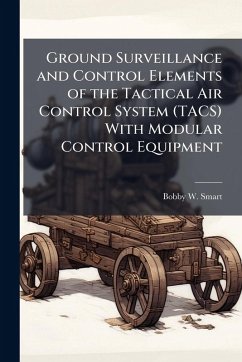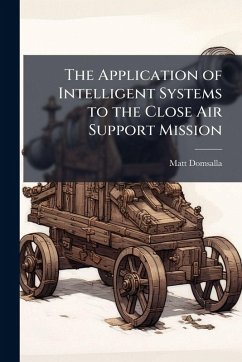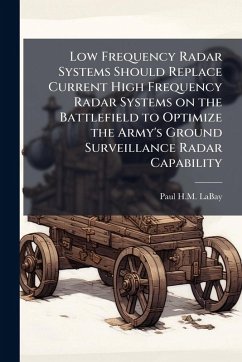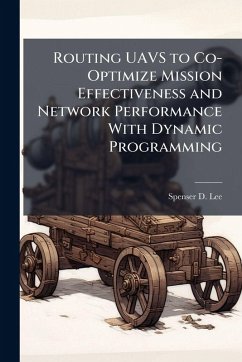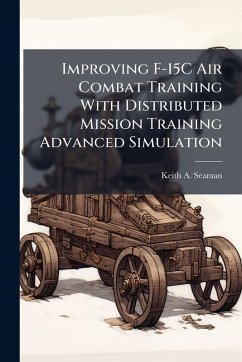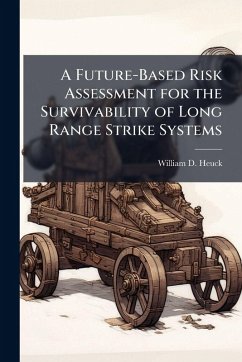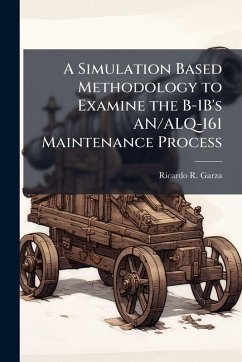
An Excel-Based Surveillance Planning and Scoring Tool for the Scud Hunting Mission
Versandkostenfrei!
Versandfertig in über 4 Wochen
15,99 €
inkl. MwSt.
Weitere Ausgaben:

PAYBACK Punkte
8 °P sammeln!
The research effort presented here is focused on the development of a basic mathematical model to simulate multiple sensors surveiling multiple targets akin to the scud-hunting problem which faced coalition forces during Operation DESERT STORM and Operation IRAQI FREEDOM. Drawing on similarities between the scud-hunting problem and the classical fractional knapsack problem, a greedy heuristic is employed in an attempt to maximize the overall surveillance contribution of each individual sensor. Using Microsoft Excel and Visual Basic for Applications (VBA), a model is constructed which builds se...
The research effort presented here is focused on the development of a basic mathematical model to simulate multiple sensors surveiling multiple targets akin to the scud-hunting problem which faced coalition forces during Operation DESERT STORM and Operation IRAQI FREEDOM. Drawing on similarities between the scud-hunting problem and the classical fractional knapsack problem, a greedy heuristic is employed in an attempt to maximize the overall surveillance contribution of each individual sensor. Using Microsoft Excel and Visual Basic for Applications (VBA), a model is constructed which builds sensor flight paths to maximize the overall surveillance effort from the group of sensors, scores the overall effectiveness of the surveillance effort, and provides this information to the analyst in a timely manner. Recommendations for further research to improve the utility of the model are included. This work has been selected by scholars as being culturally important, and is part of the knowledge base of civilization as we know it. This work was reproduced from the original artifact, and remains as true to the original work as possible. Therefore, you will see the original copyright references, library stamps (as most of these works have been housed in our most important libraries around the world), and other notations in the work. This work is in the public domain in the United States of America, and possibly other nations. Within the United States, you may freely copy and distribute this work, as no entity (individual or corporate) has a copyright on the body of the work. As a reproduction of a historical artifact, this work may contain missing or blurred pages, poor pictures, errant marks, etc. Scholars believe, and we concur, that this work is important enough to be preserved, reproduced, and made generally available to the public. We appreciate your support of the preservation process, and thank you for being an important part of keeping this knowledge alive and relevant.





